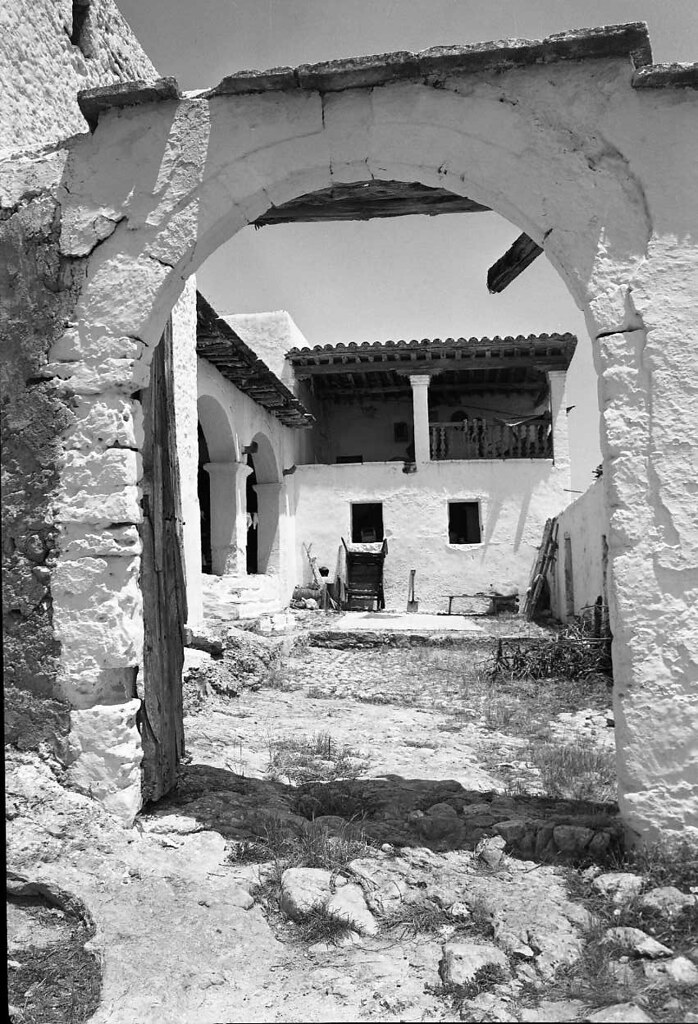GET IBIZA VILLAS IN YOUR INBOX? SUBSCRIBE
GET THE LATEST IBIZA NEWS IN YOUR INBOX SUBSCRIBE

Their talents are not only limited to commercial spaces however, as the couple also move around the globe in the winter months finding, living in and redeveloping properties in their ‘spare’ time between Ibiza seasons! 2012 was no exception, with the rapid renovation of this stunning four bedroom Es Cubells villa. Completed in a record seven months, the property is now officially on the market (for holiday rentals and also for sale) while Rosa and Lars search for their next challenge!
Its privileged position on the hill offers panoramic views across the Mediterranean, from the turquoise waters of Porroig and Cap d’es Falco all the way to Formentera – making for truly breathtaking sunrises – and also over the mountains, from the open plan living, kitchen and dining areas and the expansive terraces and pool area.
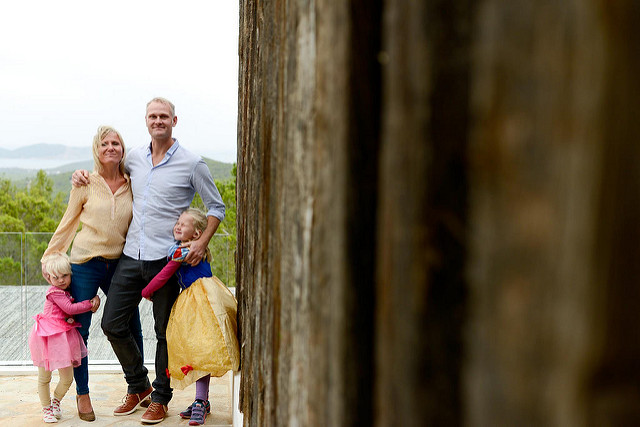
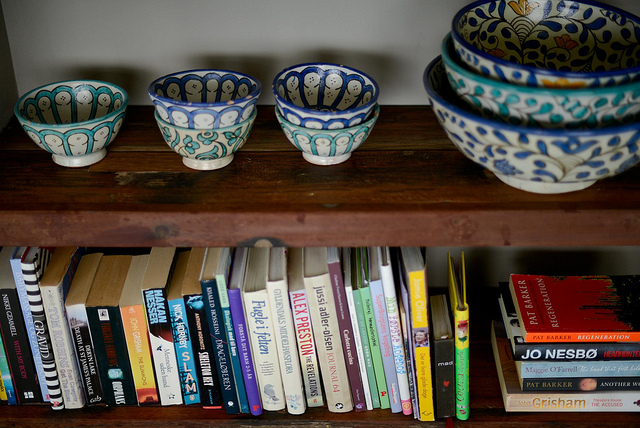
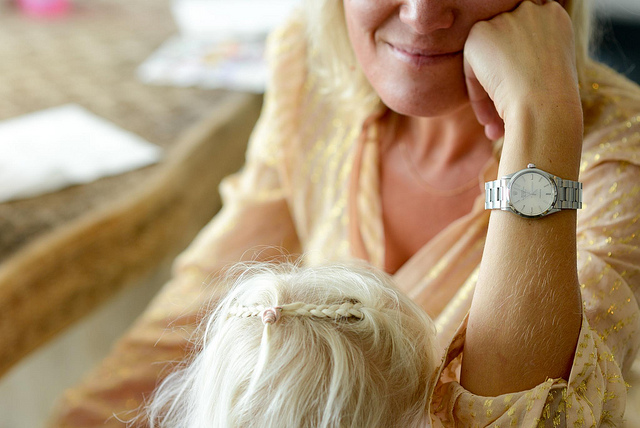
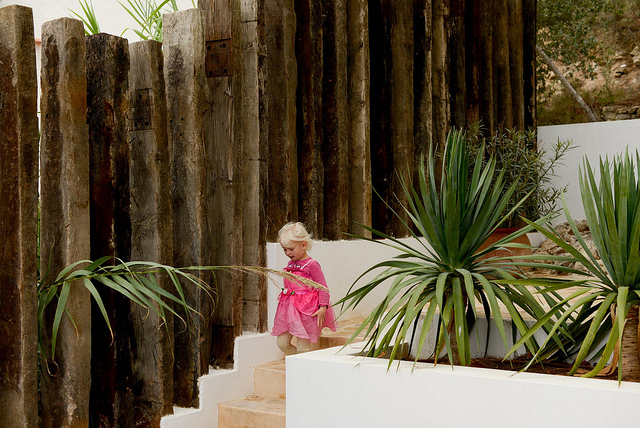
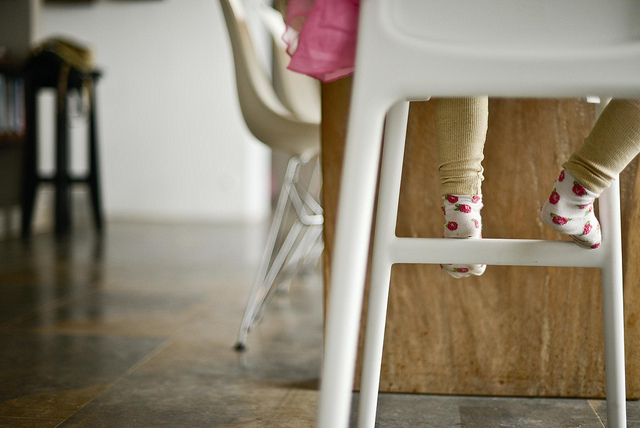
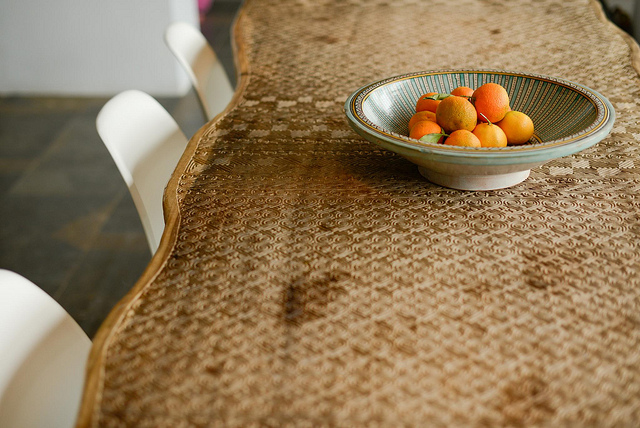
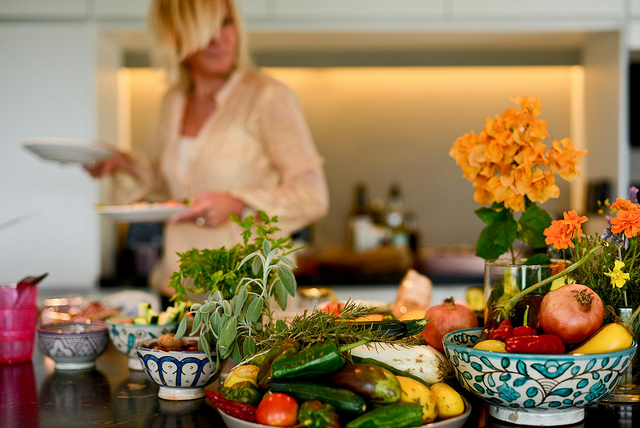
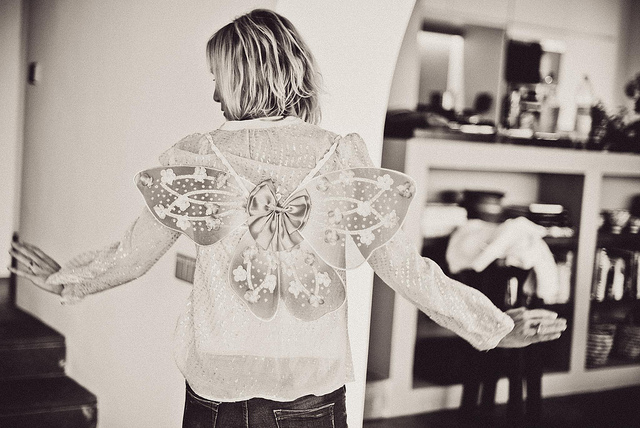
Using recycled wood hailing from Indonesia, the ambience created is a fusion of old and new, with a contrast of sleek and textured surfaces and rustic and modern furnishings with splashes of bright, happy colours courtesy of toys piled creatively around the home by daughters Alba and Nova.
Additional styling details come in the form of unique artworks by Danish photographer Pierre Winther, Morroccan lamps and décor, plus vintage-esque mirrors, spa-style bathrooms and Ibiza living statement pieces such as the large wooden dining table intricately carved in Timor, raw marble floors contrasted with minimalist white Eames chairs and classic Danish pendel lamps hailing from the ‘50s. Beautiful daughters not included!
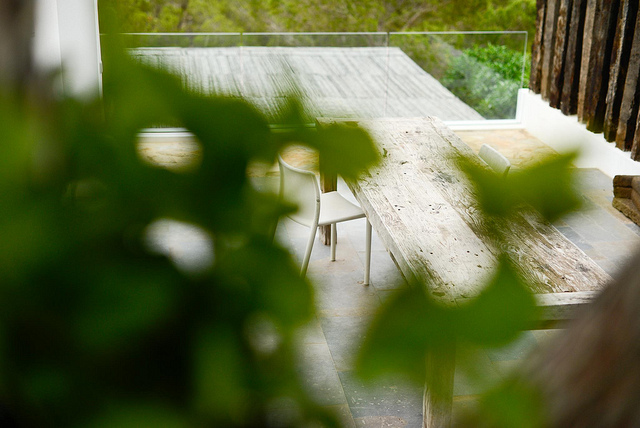
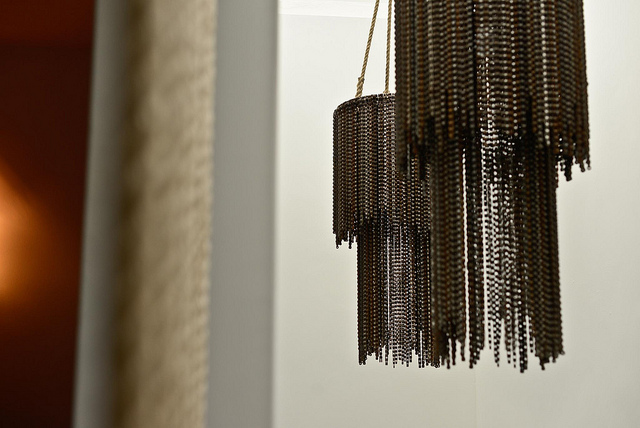
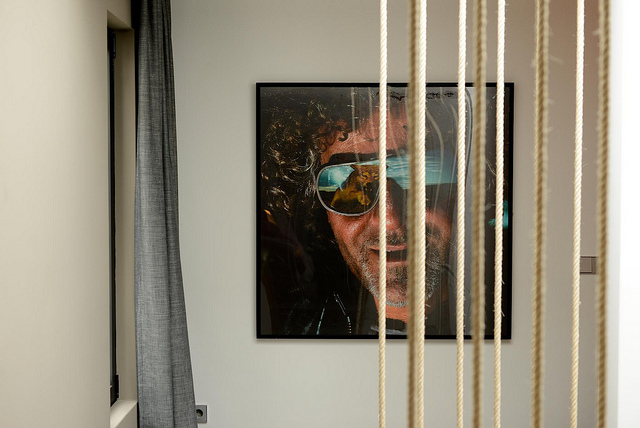
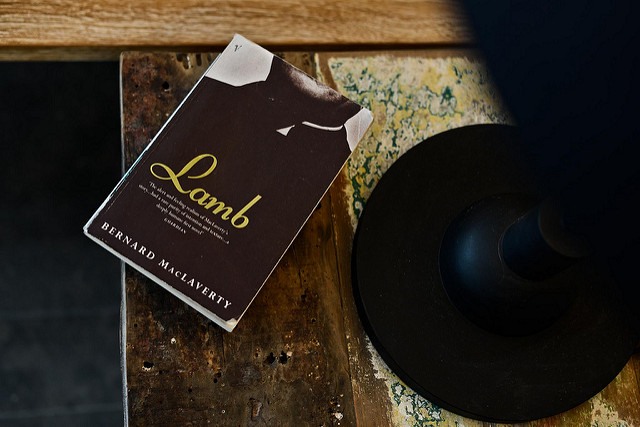
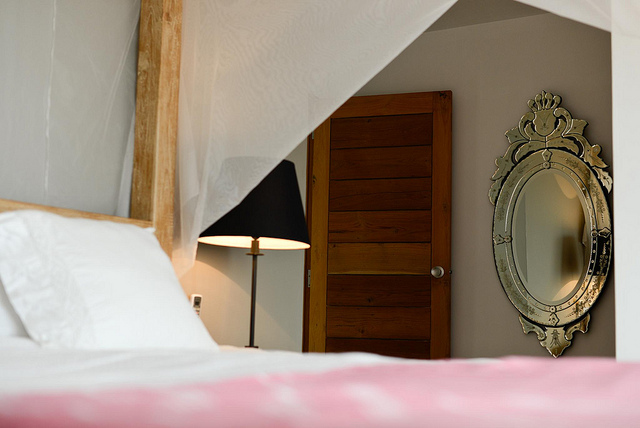
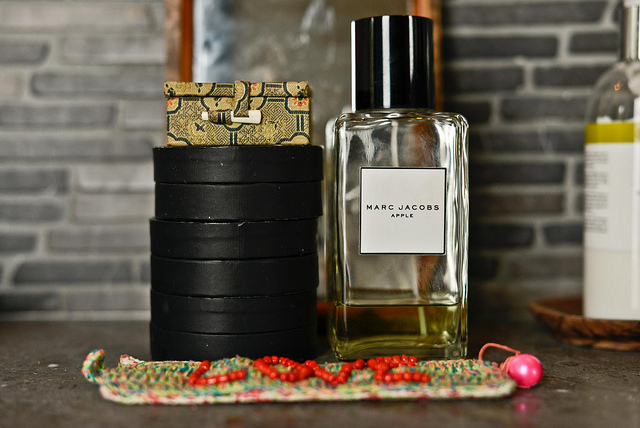
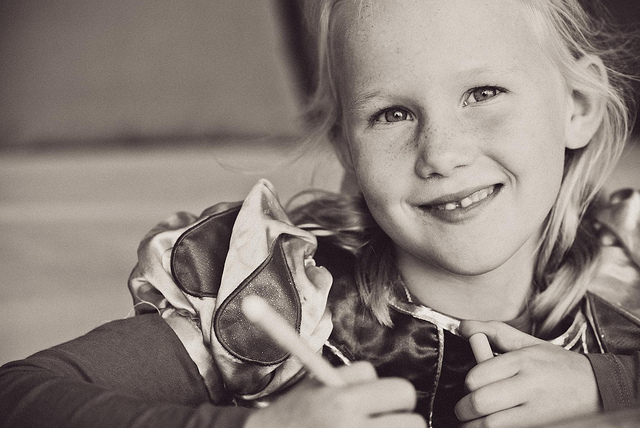
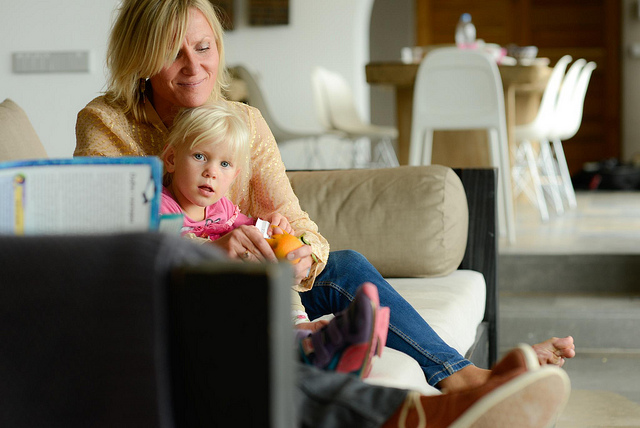
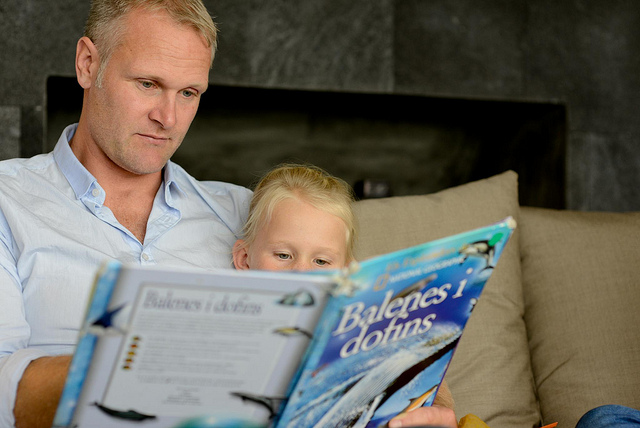
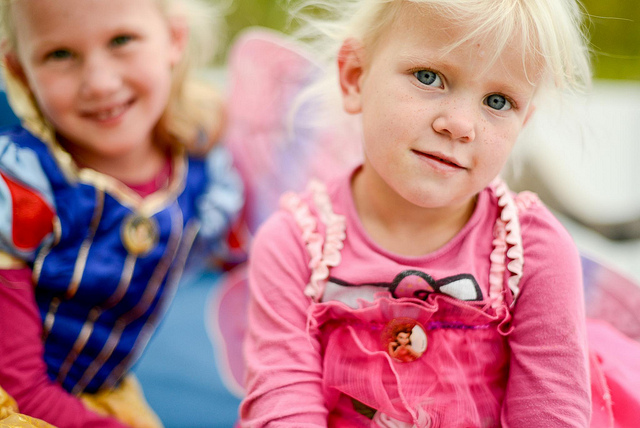
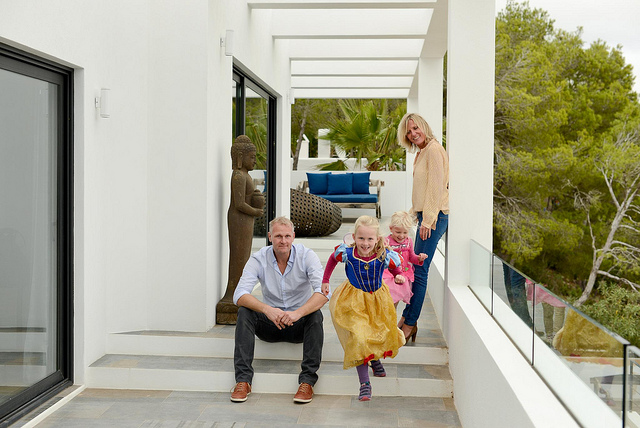
‘I am constantly collecting and gathering all different things – I don’t even really see the style so much anymore, it’s just home to me.’ The collision of colours, cultures and cool factor is very much in keeping with Lolo’s distinctive personal style – laidback, low-key, creative and effortlessly chic.
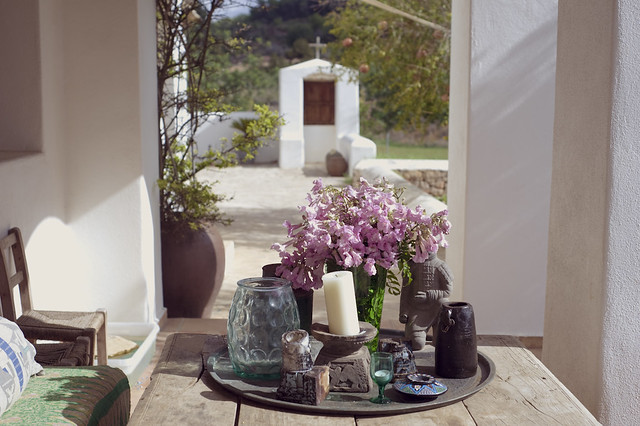
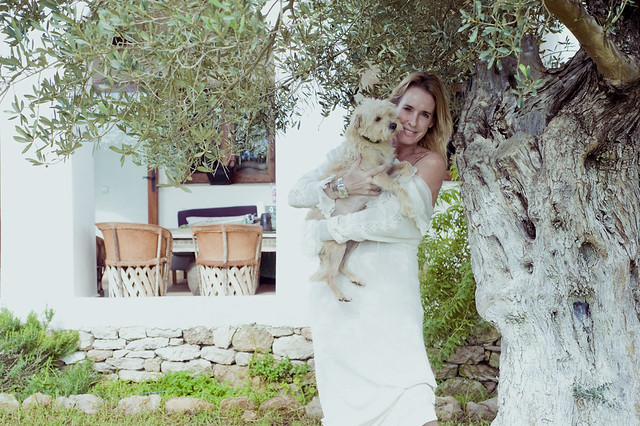
Despite having only lived here for four years, the Ibiza villa evokes a comfortable, lived-in, family home vibe via a combination of rustic wooden furniture shipped over from storage in Amsterdam and pieces from her previous house in Ibiza (Lolo relocated to Ibiza permanently in 2006), eclectic decoration and small artefacts collected on her international travels throughout the years plus many of her own striking artworks adorning the walls.
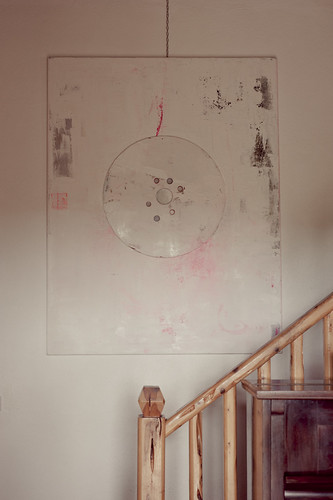
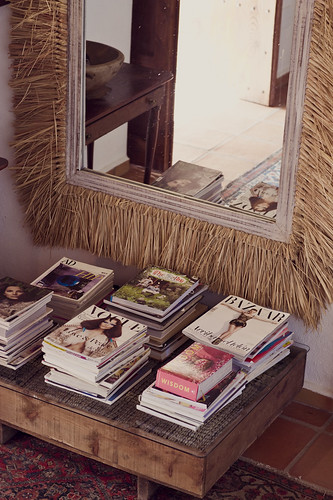
In addition to the main house is the warehouse space Lolo uses as an art studio, with gorgeous views over lush, green farmland, filled with olive, carob and fig trees. ‘It’s so tranquil and inspiring,’ she says. ‘I am so spoiled to have all this,’ says Lolo of the spacious property. ‘I could never go back to living in a small space again. That’s the thing about Ibiza,’ she adds. ‘It has that Hotel Caifornia feel…’
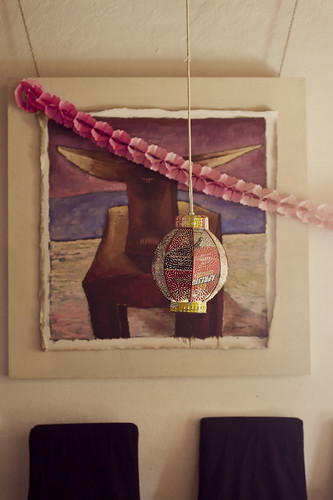
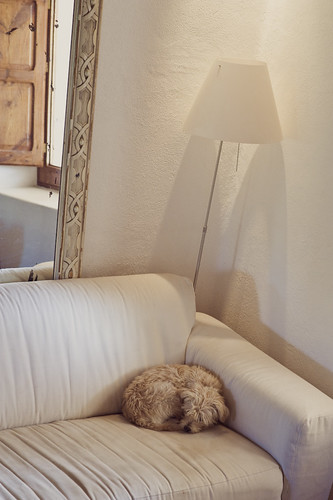
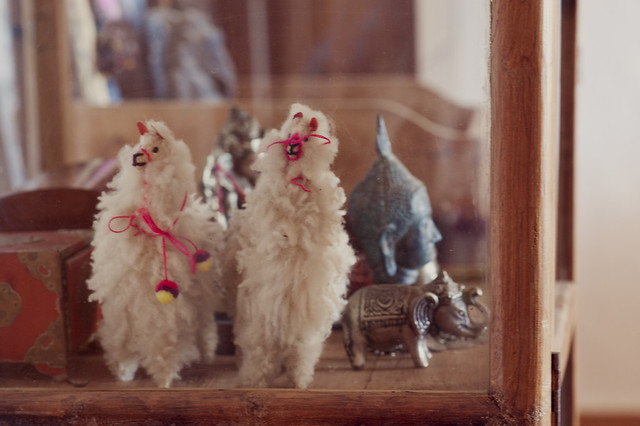
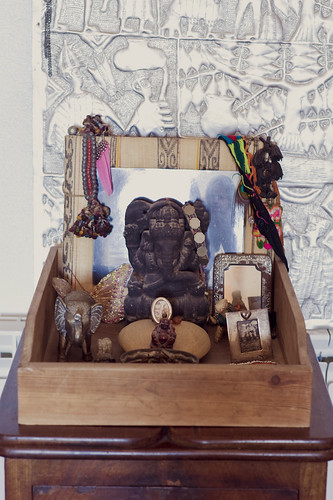
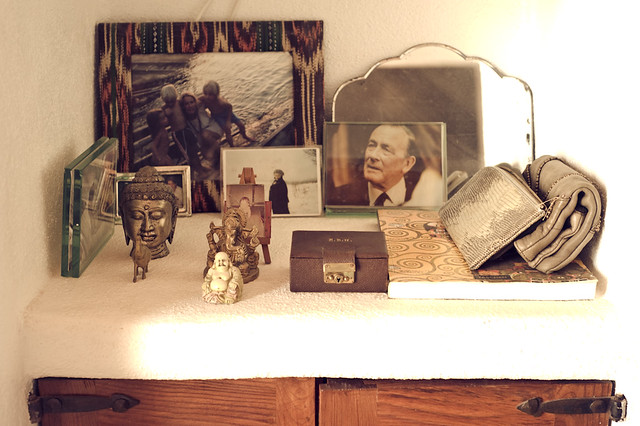
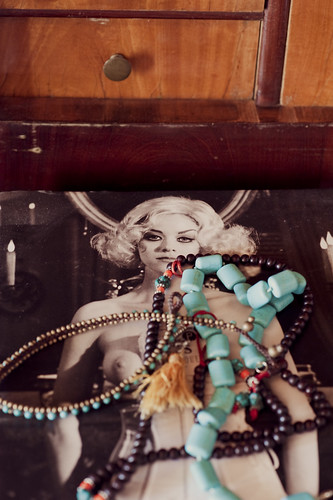
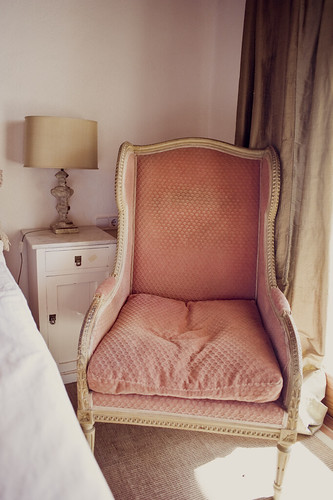
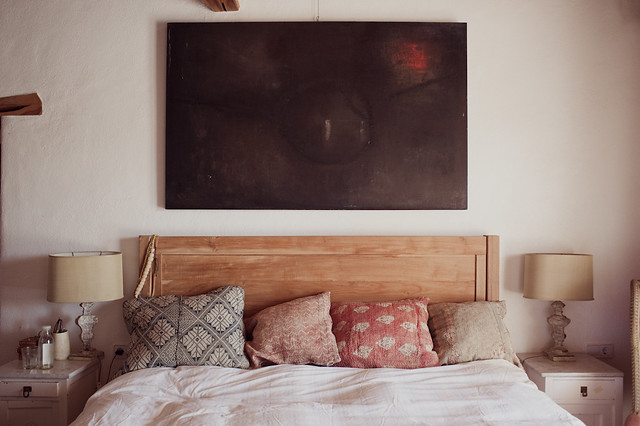
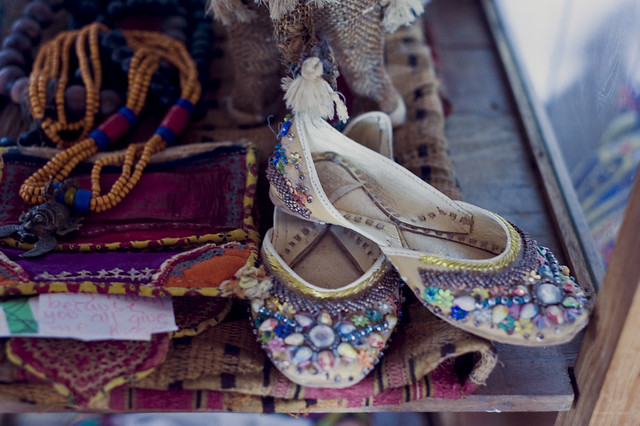
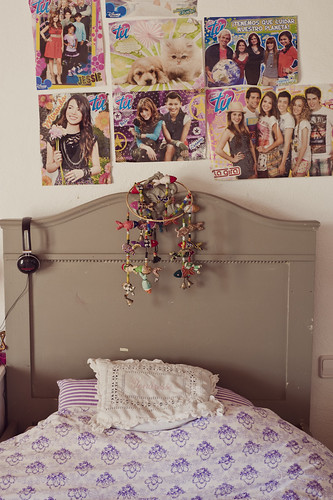
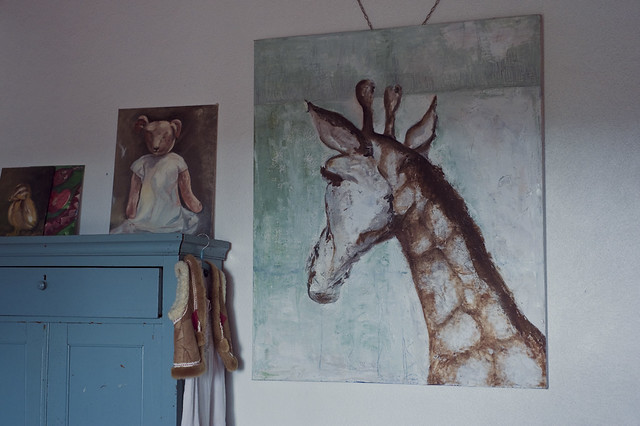
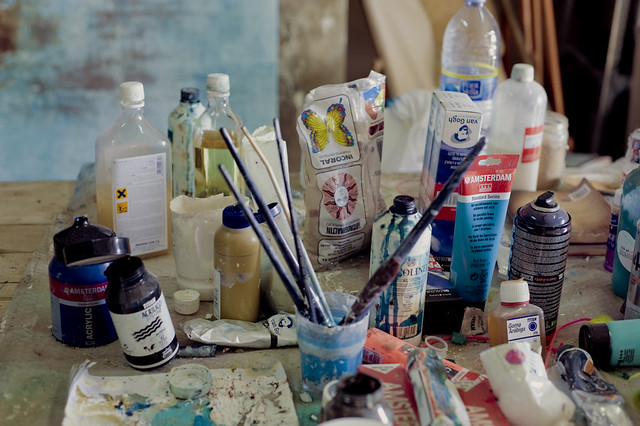
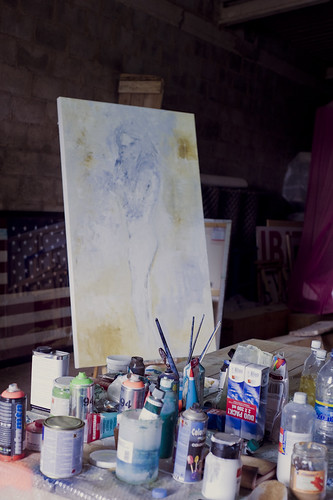
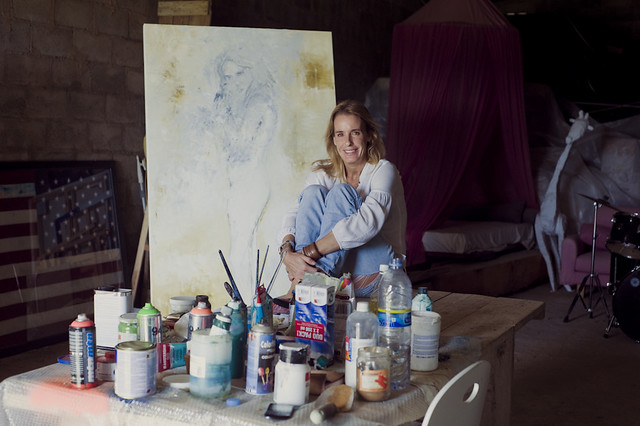
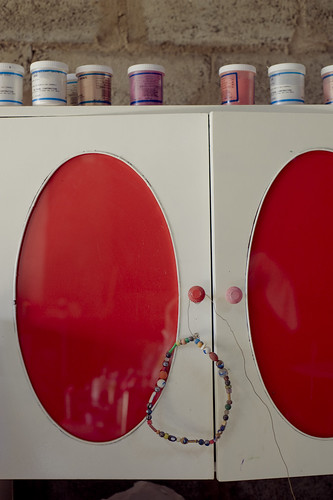
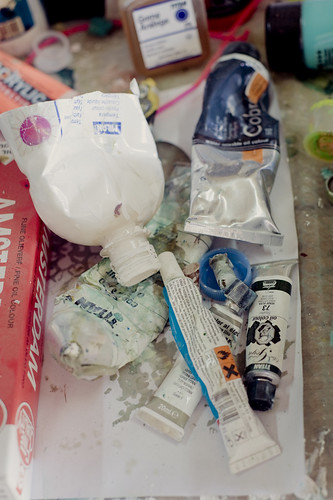
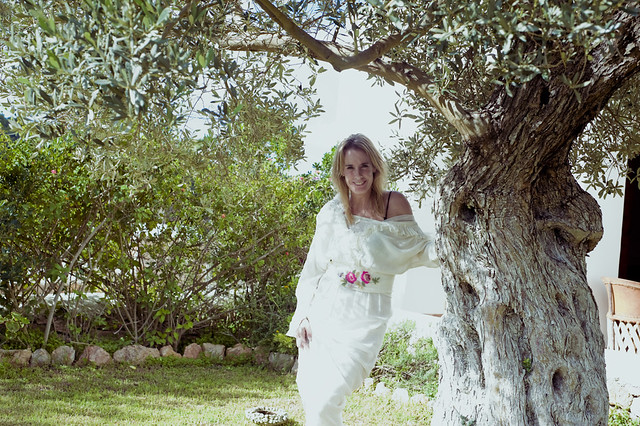
“The traditional building essentially conformed to the Bit-hilani house plan, consisting of a breitraum or broad room [porxo] that has an entrance on one long wall and a succession of rooms opening off the other three walls. The porxo was used as a living room and work place. Little chairs were lined up against the walls and a table set on one side. If needed, the table was moved to the centre of the room and chairs set around it. This gave the room adaptability for various activities.
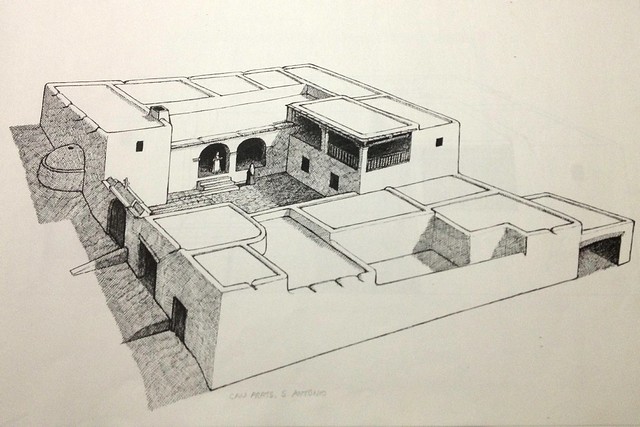
“Windows in ancient Ibicencan houses were very small and did not contain glass. They were not used primarily for light, but for air; light, and warmth generally came from the south-facing front door. Here you could see farmwomen shelling almonds, embroidering or spinning wool. The farms themselves differed from those on the other Balearic Islands, in that they were generally smallholdings. Although these were self-sufficient, the families on them relied on the help of their neighbours for the olive harvest, or on matanza day.
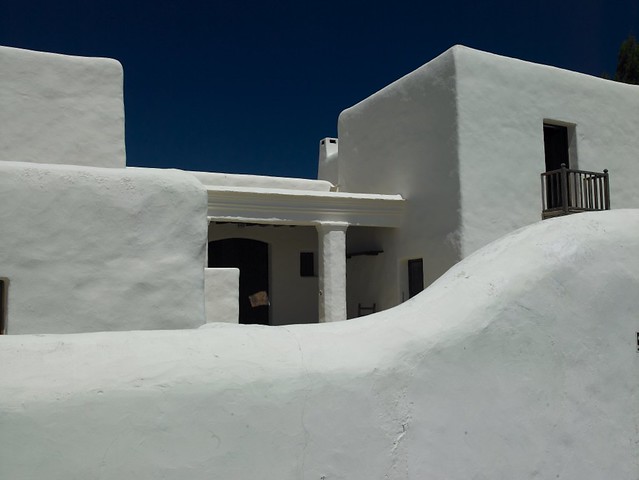
“These houses were built and rebuilt well into the mid-twentieth century, using the biblical ‘long cubit’ [approximately 52.5cm], a unit of measurement introduced along with the architecture by the Phoenicians. There is virtually no evidence of Hellenistic, Roman or Islamic influences of any importance in the basic design elements of a rural Ibicencan house.
“The cultural invasion of the island has changed the agricultural-based economy to one of tourism, making continuity with the past next to impossible. Basically, it has rendered many traditions irrelevant today.”
